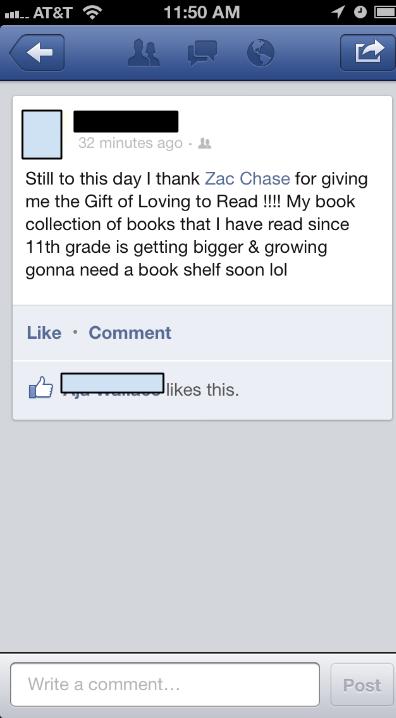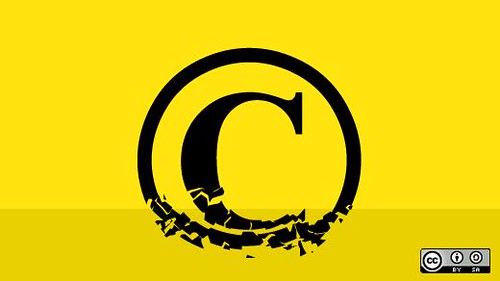This is a guest post by teacher Paul Tritter. It originally appeared as part of this newsletter about professional learning in Boston Public Schools.
My first association with beets was borscht from a jar. My mother loved beets, and she made them lots of different ways, but my association was that borscht, and so I left beets alone. Then about 10 years ago I found myself in Avignon, France at a buffet, confronted with an aluminum serving tray piled high with diced beets. France, you may know, has a reputation for making delicious food, so I gave the beets the benefit of the doubt. Good decision. These were perfectly cooked, just the right amount of snap in the texture, and dressed in a garlicky dijon vinaigrette that perfectly complemented the sweetness of the vegetable. I have loved beets ever since. Roasted, pressure cooked, grated raw on top of a salad, the greens cooked up with some garlic and vinegar. Beautiful. It turns out my mother’s roasted beets are delicious, too. I missed out all those years because of that borscht in a jar.
Oh, I’m sorry. This is supposed to be about professional development?
I also remember the first time I was introduced to the idea of using data in my classroom practice. There were three packets of MCAS data that covered the school’s history for the three previous years. There were twelve of us in the room, and we had fifteen minutes to look at the packets and discuss. We came to no conclusions. The conversation never continued. Let’s call this borscht.
Later, I had the chance to sit with a group of colleagues and examine a more narrow data set, a student essay. This one happened to be about the student’s understanding of the role of religion in Hurston’s Their Eyes Were Watching God. We used a conversational protocol called the Collaborative Assessment Conference where my colleagues analyzed the work while I remained silent. Later, we discussed the implications of this particular data point for teaching reading and writing and for understanding our students themselves.
The conversation included big picture thinking and specific next instructional action steps. Let’s call this French beets.
Any teaching and learning endeavor produces some kind of data: a test score, an artifact of student work, a spreadsheet, a story. Any of these could be made into borscht, and any into French beets. It’s what you do with data that matters.
With the right cooks and good quality ingredients you can make something delicious. Ingredients don’t drive the cooking process, but they do play a critical role. Similarly, educators shouldn’t let data, especially any single set, drive their work, but neither can we completely ignore the necessity to seek out and utilize good evidence about our teaching and students’ learning. Don’t let the borscht keep you away from using data, and don’t let the obsessive data hype make you use it the wrong way. Earlier in this newsletter, I plugged the Boston Teacher Leadership Certificate. The Boston teachers who developed this program understand the value of multiple forms of data. If you are interested in becoming the Julia Child of data, you might want to check it out.
A couple of good recent posts about data have caught my eye:
If you don’t like food metaphors, Texas Superintendent John Kuhn, in his Tyranny of the Datum compares using data to hunting deer.
We are like a hunter who once hunted deer but then got sidetracked by obsessively examining deer tracks. We became experts at deer tracks. Now we hunt deer tracks. We make molds of them. We hang them on our walls. We haven’t seen a deer in ages, and we can’t really figure out why we’re so hungry. But we have a great spreadsheet that sorts our deer track collection by circumference, regularity, and a hundred other criteria. Because deer tracks are important for finding the deer, only we kind of forgot about the deer.
Venison with beets sounds good, no?
In What Role do Hunches Play in Professional Learning Communities?, Bill Ferreiter makes a compelling case for honoring the second-nature knowledge of experienced teachers while submitting that knowledge to regular, purposeful examination and reflection:
As a real-live, bona-fide, full-time practicing classroom teacher myself, . . . I’m sick of being doubted — and sick of the implicit suggestion in every right-wing press release that my choices are failing American children. I know that my expertise matters and that my hunches aren’t just random guesses about what might work drawn from the professional ether.
But I also know that if we are going to reestablish ourselves in the eyes of our most vocal critics, then we need to constantly document the tangible impact that our hunches have on the kids in our care. It is our responsibility to prove that the strategies that we believe in and the choices that we are making truly represent best practice — and when confronted by evidence that our strategies aren’t as effective as we thought they were, we have to respond, change direction and embrace something better.
Something better, like French beets.
Paul Tritter is Director of the Professional Learning Initiative, a partnership between the Boston Teachers Union and the Boston Public Schools. He tweets at @btulearns and @ptritter.
Like this:
Like Loading...


![Dunlap Broadside [Declaration of Independence]](https://farm4.staticflickr.com/3633/3694394069_2d41fa536e.jpg)

